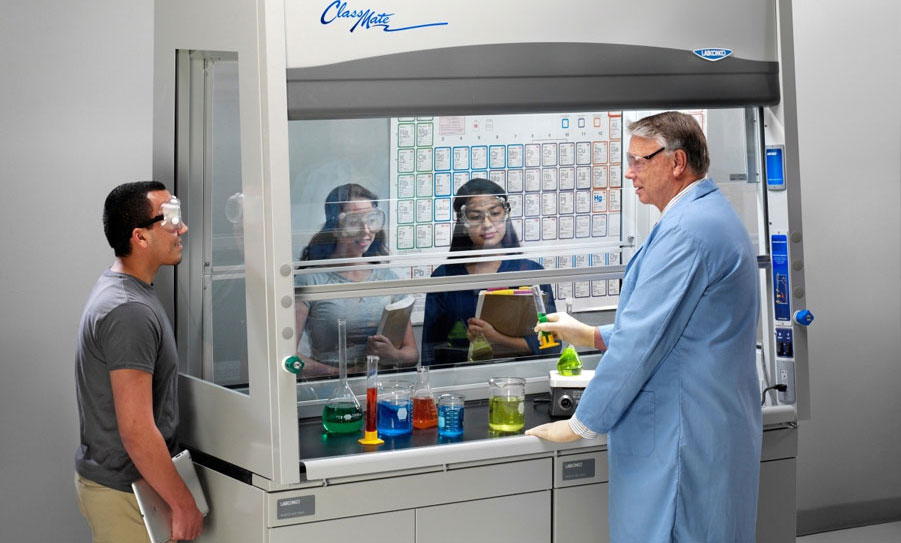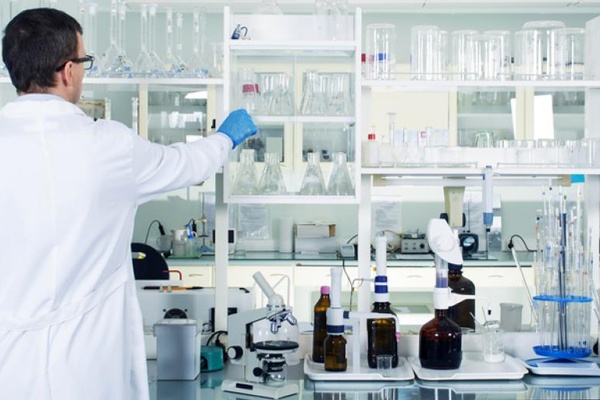
The fume hood price Malaysia is justified for its protection against dangerous fumes, thus it is essential to invest in one otherwise your lab is incomplete and unsafe to carry out any experiments at all. The main function of fume hoods is controlling and exhausting hazardous chemicals through their filtration systems before releasing them.
Sounds great, but that alone won’t provide you the best safety in handling your chemicals. You will also have to play your own parts in making sure that your lab isn’t contaminated by fumes, even for a tiny bit.
Work at safe distances
When working in a fume hood, you must keep yourself at least six inches from the face of the hood to minimize contact with the fumes inside the hood. To keep reminding yourself of maintaining a safe distance, put a stripe on the bench surface.
You should also minimize foot traffic by the face of the hood if you are working with one or two with your co-workers so the distance is retained. Don’t make any fast movements when taking in and out of the hood or you will end up being clumsy and cause a chemical spill.
Wear protection
Though you are working behind the relative safety of your hood’s glass, it is still mandatory to wear personal protection to maximize your own safety. Gloves are a priority when handling all chemicals, as your hands are the most vulnerable body parts. Latex gloves are not recommended since they offer very little protection and can degrade in a few minutes or seconds upon contact.
Wear disposable nitrile or rubber butyl gloves for more dangerous chemicals. The latter provides the best protection that your hands can achieve.
Your eyes must be protected with safety goggles or glasses, and your face should be worn with a gas mask to prevent inhalation of fumes. You might also have to wear a face shield or even a full hazmat suit from head to toe if the experiment calls for such.
Inside the hood

Inside the hood, safety precautions must also be taken so the safety features wouldn’t be compromised by contaminants or fumes. Never permanently store any apparatus or chemicals inside at all times. They must be cleared out as soon as you are done, and be kept in appropriate safety cabinets.
If you are using any large equipment in the hood, place them on blocks to allow airflow under the equipment.
Besides, the hood must never be treated as a waste disposal bin. Any solvent bottles inside must be capped when you are not using them. Also, never put your head inside the hood while contaminants are being generated unless you want to put your own face in danger as another “experiment.”
Barricades
If you are dealing with chemicals that carry high risks of an explosion, implosion or eruption, place a proper barricade to shield yourself from those accidents. More importantly, you must know how to handle them without setting off any mishaps, otherwise either let someone else with more experience perform the procedure or abandon the plan entirely.